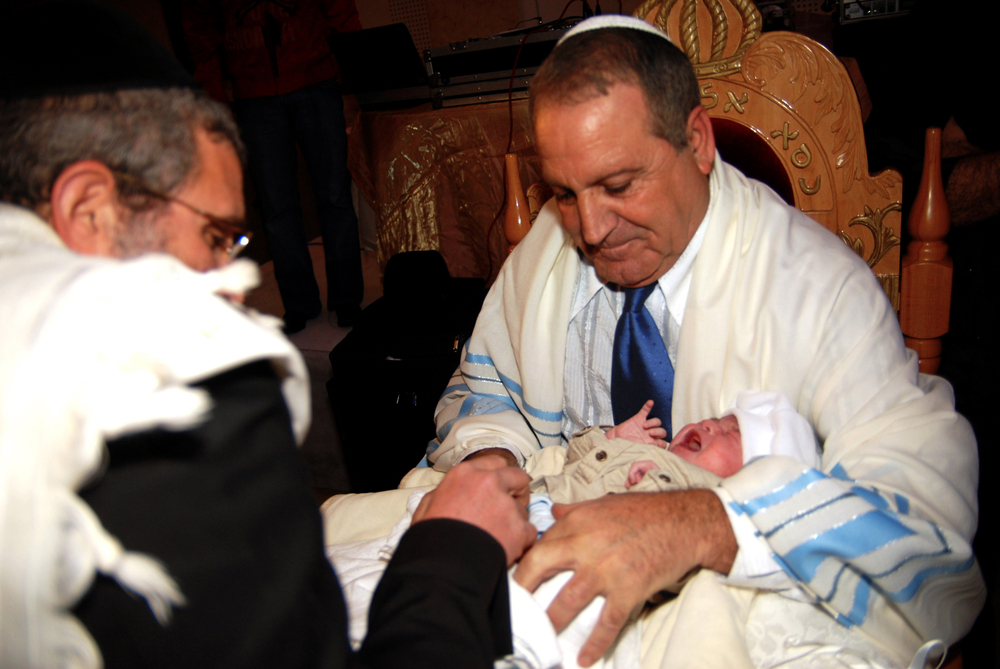In most years, the Torah Portions, Behar and Bechukotai are read together, as they are this week. In a Jewish leap year, they are read separately. We will indicate the separation of the Parshiot in the Parsha summary so that you can plan your Parsha conversation and treats accordingly in a Jewish leap year.
Parshat Behar begins on Mount Sinai in which Hashem tells Moshe to teach the Jewish People about the mitzvot of Shmitta, the Sabbatical year in which no agricultural work can be done in the Land of Israel. Shmitta is observed every 7 years in Israel. During Shmitta year, all fruit and vegetables grown on the field are considered ownerless and free for the taking. Hashem promises that the land will produce three times as much produce in the year before Shmitta so that the people will have plenty of eat when they are not working the land. After seven shmitta years, on the 50th year, is Yovel or Jubilee, in which no work was done on the fields, indentured servants were set free and all land reverted back to the original owners. We are taught to do business honestly and account for when land contracts would be over when creating them. The laws forbidding charging interest to our fellow Jews, treating our Jewish slaves with respect and the prohibition against idolatry are in this week’s Parsha as well.
In Parshat Bechukotai, Hashem promises us that if we follow the commandments that we will be blessed in the Land of Israel with prosperity and security. We are also warned that failure to adhere to Hashem’s mitzvot will result in exile from the Land and other persecution. Hashem promises never to abandon us in exile as He has made a covenant with our forefathers. The Torah Portions conclude with the rules detailing how to calculate the values of different types of pledges made to Hashem. These Parshiot are the last ones in the book of Vayikra. We conclude the reading of these Torah Portions with “Chazak Chazak V’Nitchazek”, “May you grow from strength to strength,” – as we leave this Sefer (Book of the Torah) we should be reinforced by its teaching and grow stronger in our learning of Torah.
There are many symbolic treats in this week’s Parshiot! Krembos (Israeli treats made of a cookie with whipped cream on top covered in chocolate) represent Mount Sinai from which Hashem is speaking in this week’s Parsha (Behar literally means “on the mountain”). Candy fruit remind us of Shmitta when we don’t work the fields and the fruit and vegetables are ownerless. Candy watches symbolize keeping track of the seventh year and the 50th year, Shmitta and Yovel. Candy coins represent the laws relating to charging interest, fair business dealings and the values of pledges made to Hashem. Bubble monsters can symbolize the Jewish slaves who are set free during Yovel and whose fair treatment is described in this week’s Parsha. They could also represent the prohibition against idol worship. Blue and white mints symbolize the Land of Israel, the only place in which Shmitta and Yovel are observed and the land we are promised to live in with prosperity and security if we follow Hashem’s mitzvot. Finally, candy feet could represent the movement of property back to its ancestral owners and release of the Jewish slaves at Yovel and the exile that will befall the Jewish People if we don’t follow Hashem’s mitzvot. What other ideas do you have for Parsha treats this week? Please share them in the comments section below.
Shabbat Shalom,
Shayna Levine-Hefetz


